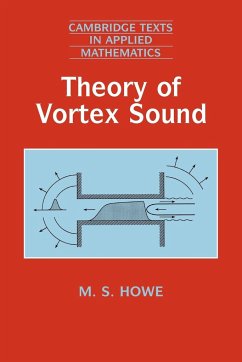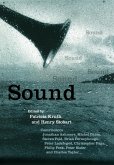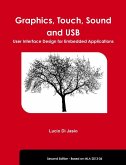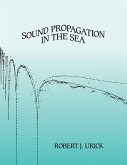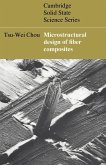The book is an introduction to the branch of fluid mechanics concerned with the production of sound by hydrodynamic flows. It is designed for a one semester introductory course at advanced undergraduate or graduate level. Great care is taken to explain underlying fluid mechanical and acoustic concepts, and to describe as fully as possible the steps in a complicated derivation. The discussion deals specifically with low Mach number flows, which enables the sound produced by 'vortex-surface' interactions to be analysed using the 'compact Green's function'. This provides a routine procedure for estimating the sound, and an easy identification of those parts of a structure that are likely to be important sources of sound. Each chapter ends with a set of problems, many of which can form the basis of an extended student project. The final chapter contains worked examples that have been investigated by students at Boston University.
Table of contents:
Preface; 1. Introduction; 2. Lighthill's theory; 3. The compact Green's function; 4. Vorticity; 5. Vortex sound; 6. Vortex-surface interaction noise in two-dimensions; 7. Problems in three-dimensions; 8. Further worked examples; Bibliography.
The book is an introduction to theory of sound generation by fluid flow, specially written for a one semester course at advanced undergraduate or graduate level. Problems are provided at the end of each chapter, many of which can be used for extended student projects. A whole chapter is devoted to worked examples.
The book is an introduction to theory of sound generation by fluid flow.
Hinweis: Dieser Artikel kann nur an eine deutsche Lieferadresse ausgeliefert werden.
Table of contents:
Preface; 1. Introduction; 2. Lighthill's theory; 3. The compact Green's function; 4. Vorticity; 5. Vortex sound; 6. Vortex-surface interaction noise in two-dimensions; 7. Problems in three-dimensions; 8. Further worked examples; Bibliography.
The book is an introduction to theory of sound generation by fluid flow, specially written for a one semester course at advanced undergraduate or graduate level. Problems are provided at the end of each chapter, many of which can be used for extended student projects. A whole chapter is devoted to worked examples.
The book is an introduction to theory of sound generation by fluid flow.
Hinweis: Dieser Artikel kann nur an eine deutsche Lieferadresse ausgeliefert werden.

